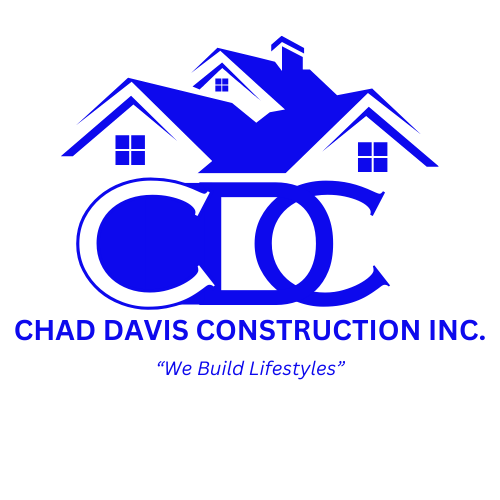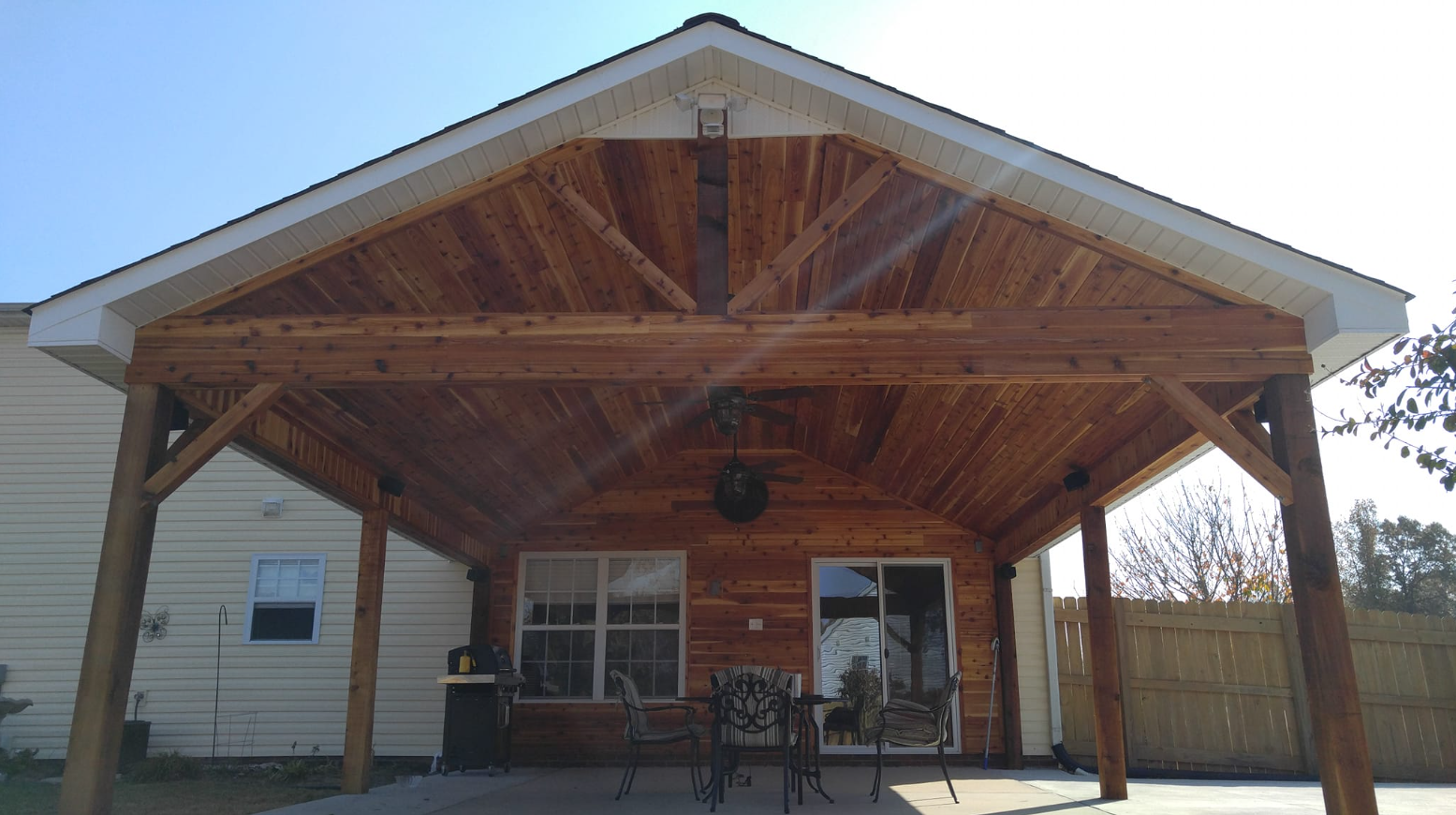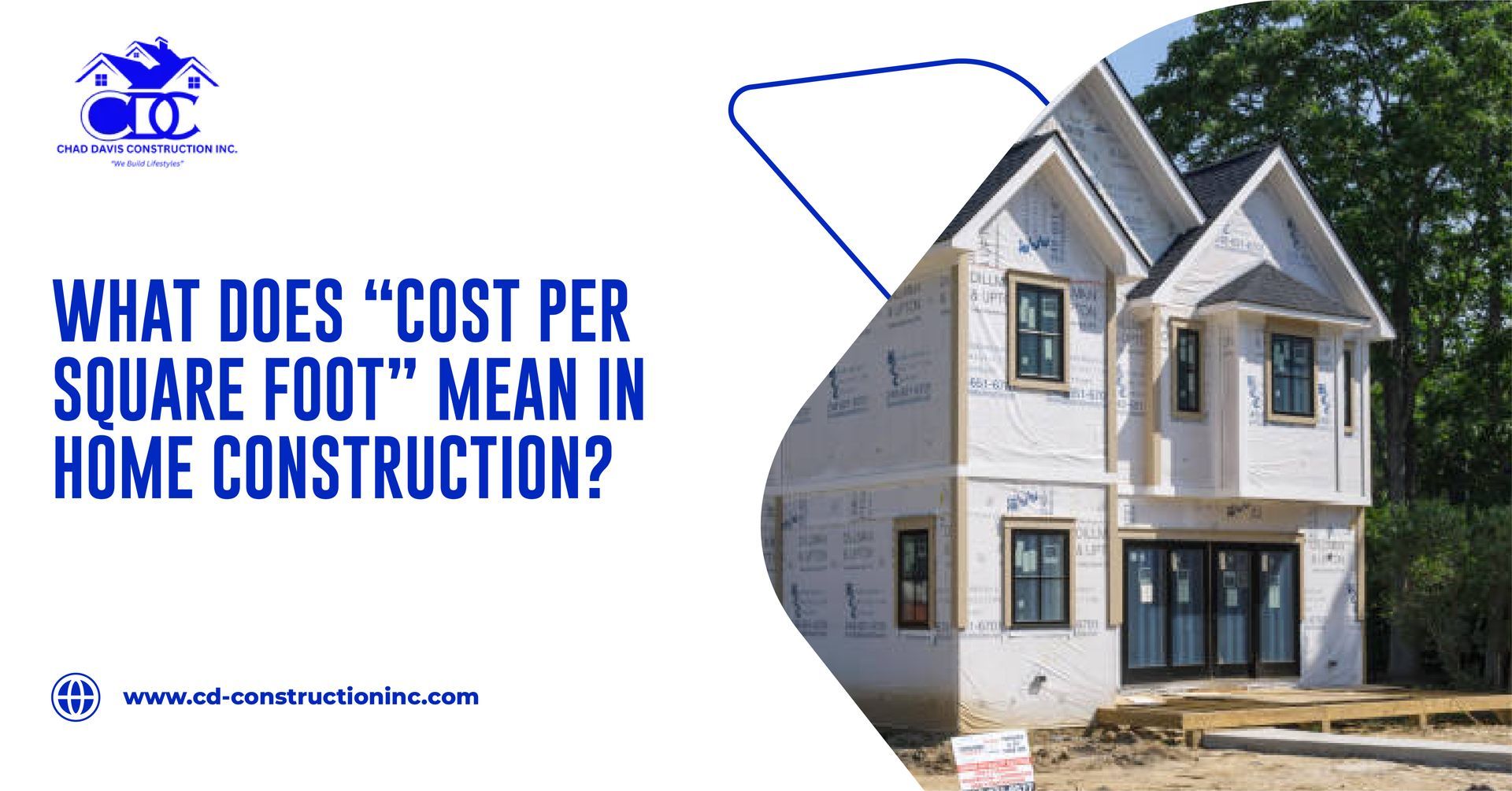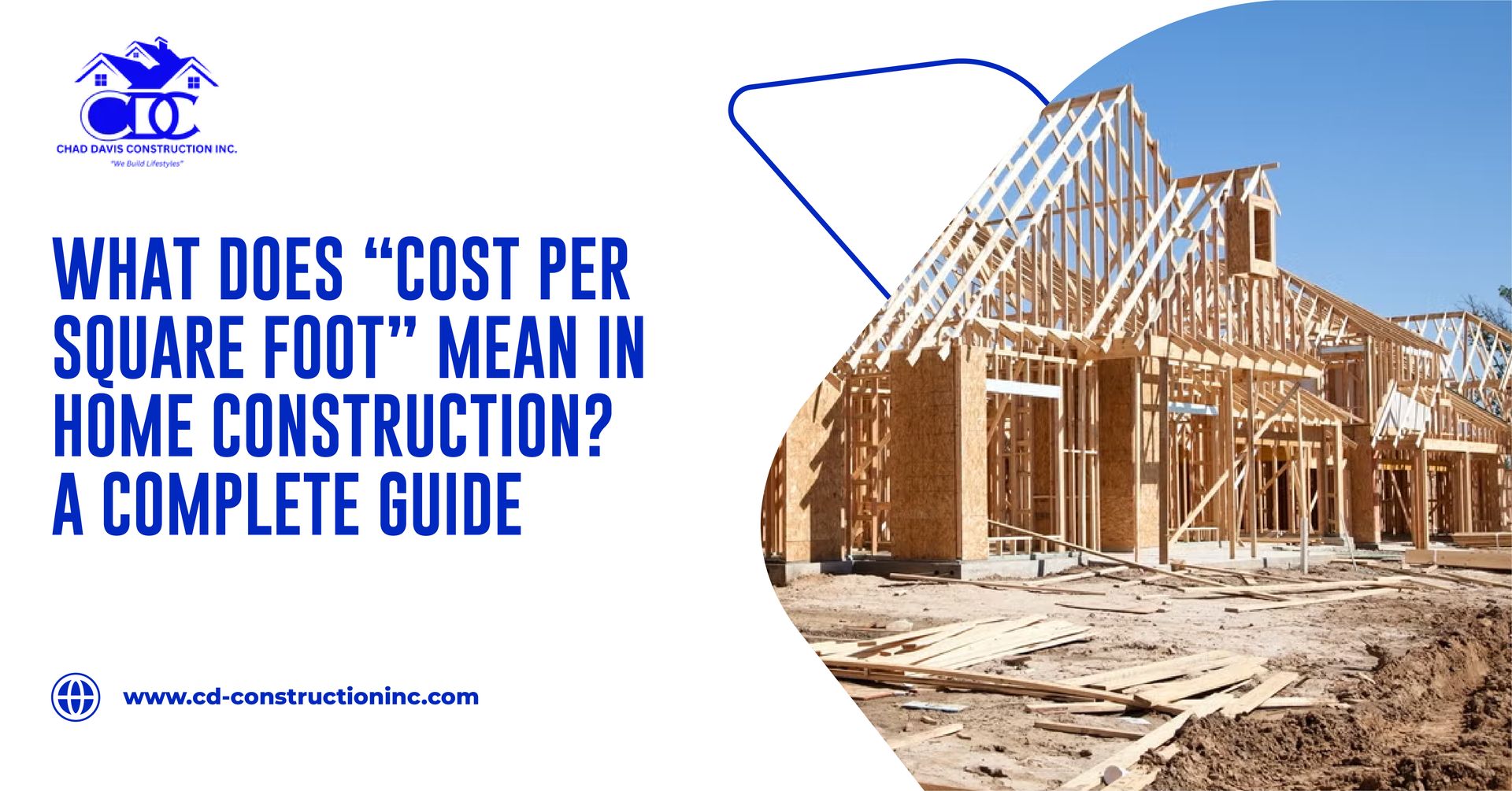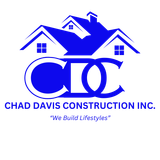Stunning Additions, Remodels & Outdoor Living Spaces Clemmons, NC
Stunning Additions, Remodels & Outdoor Living Spaces
Serving Clemmons, NC and the surrounding community
We Build Lifestyles
Transform and Expand your outdoor living with our custom porches, patios, and decks designed to enhance your lifestyle.
Our home improvement solutions bring beauty and function indoors, crafting personalized spaces to match your lifestyle
Why Choose Chad Davis Construction For Your Home Improvement or Remodeling Job?
Home additions and remodeling projects are about more than just updating your space—they’re about enhancing your home to better fit your lifestyle and add value. Here’s the top reasons why working with Chad Davis Construction makes all the difference:
1
Expand and Transform Your Space:
Whether you want to increase your living area, create a custom outdoor retreat, or completely redesign your interiors, a well-planned project can change how you experience your home every day.
2
Tailored to Your Needs:
At Chad Davis Construction, we believe every home should reflect its owner’s unique style and needs. Our designs balance beauty and practicality, ensuring your new space fits seamlessly into your life.
3
Stress-Free Process:
From initial planning to the final touches, we handle every step with care and attention to detail. You can focus on your vision while we ensure a smooth and efficient process.
4
Quality That Lasts:
Investing in quality construction improves your daily life and adds long-term value to your property. With durable materials and expert craftsmanship, your home addition or remodel will stand the test of time.
5
A Space You’ll Truly Love:
When you choose Chad Davis Construction, you can feel confident your project will be done right, resulting in a space you’ll enjoy now and for years to come.
Comprehensive Services for Every Corner of Your Home - and Even the Outdoors!
Exterior Additions
Expand your home with stunning exterior additions, from custom porches to elegant verandahs. Each addition is designed to blend seamlessly with your home and enhance curb appeal.
Outdoor Living
Create the perfect outdoor living space for relaxation and entertaining. Our custom decks, patios, and screened rooms are built to match your style and bring the comforts of home outdoors.
Interior Remodeling
Upgrade your interiors with thoughtful remodeling solutions. From kitchen makeovers to bathroom renovations, we transform your spaces to be both functional and beautiful.
Home Improvements
Enhance the beauty, functionality, and value of your home with our comprehensive home improvement services. We’re here to help you bring your vision to life with quality and care.
Honoring Those Who Serve & Our Seniors
At Chad Davis Construction, we proudly support our community by offering exclusive discounts for Veterans, First Responders, and Seniors. As a thank you for your service, dedication, and contributions, we’re committed to making high-quality home improvements more accessible and affordable. Whether you're planning a remodel, an addition, or an outdoor upgrade, we’re here to help bring your vision to life—with craftsmanship you can trust and savings you deserve.
Contact us today to learn more about our discount programs and how we can serve you!
Ready to Start Your Project?
Fill out the form below and will give you a call to discuss your ideas and take the first step toward your dream home transformation!
We will get back to you as soon as possible.
Please try again later.
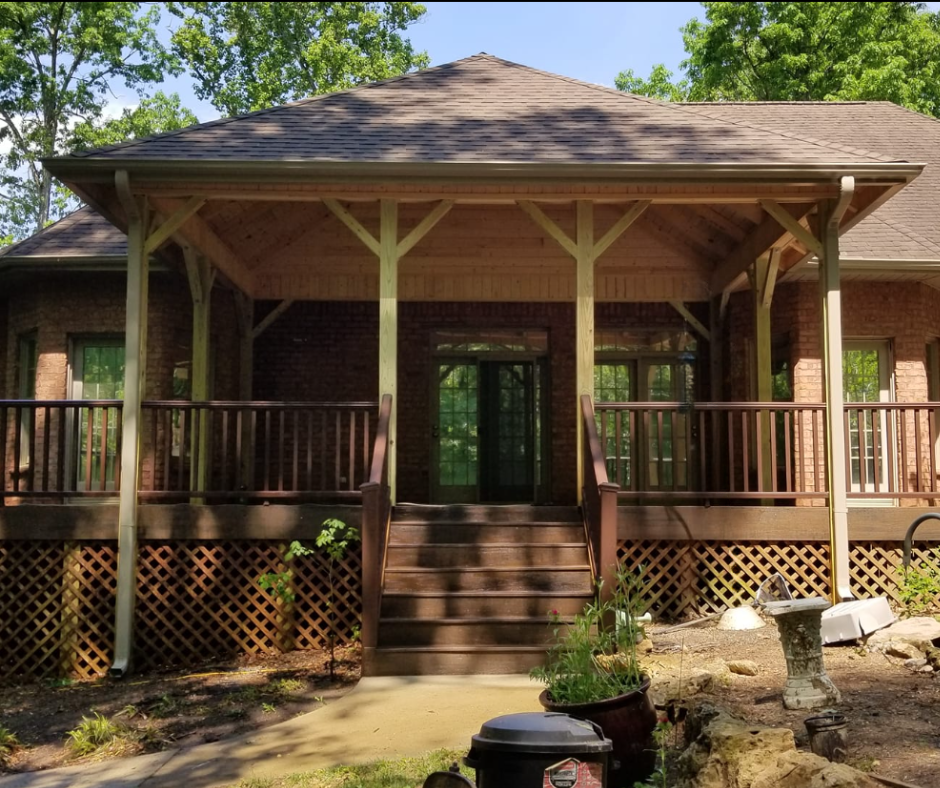
Slide title
Write your caption hereButton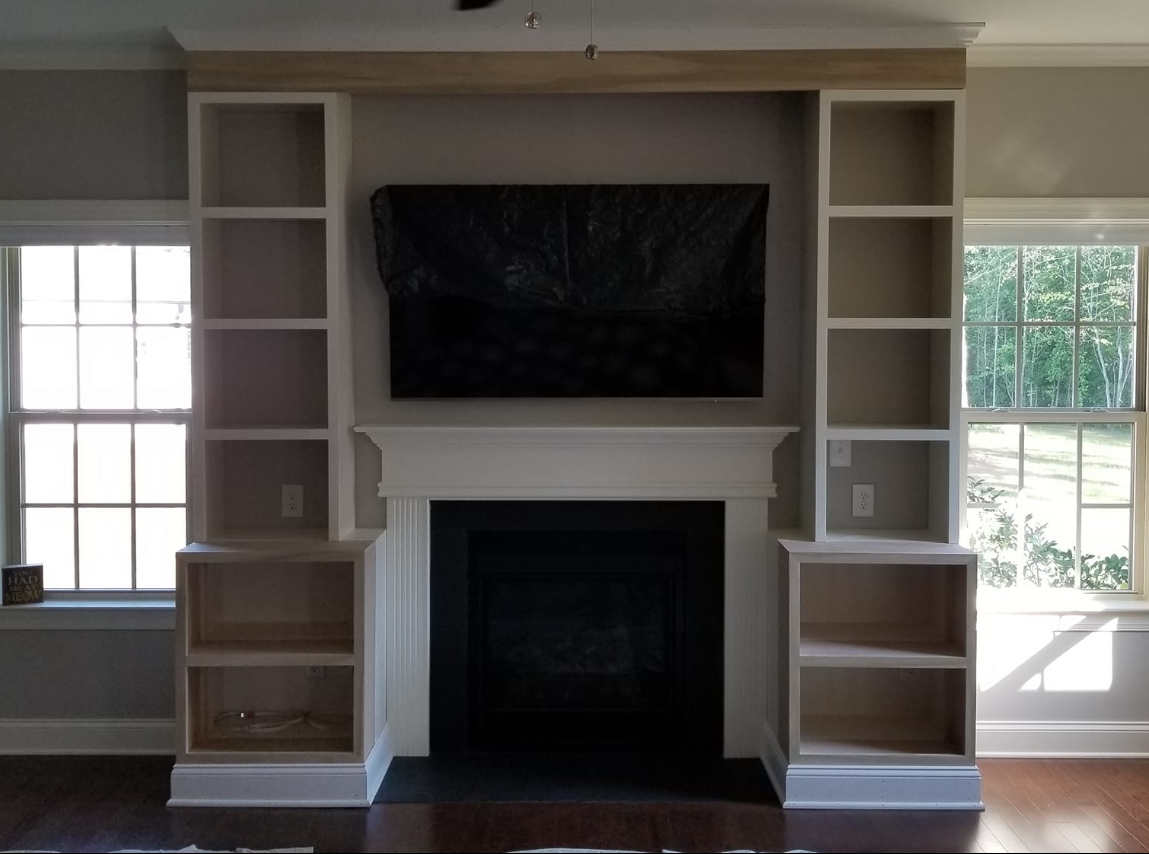
Slide title
Write your caption hereButton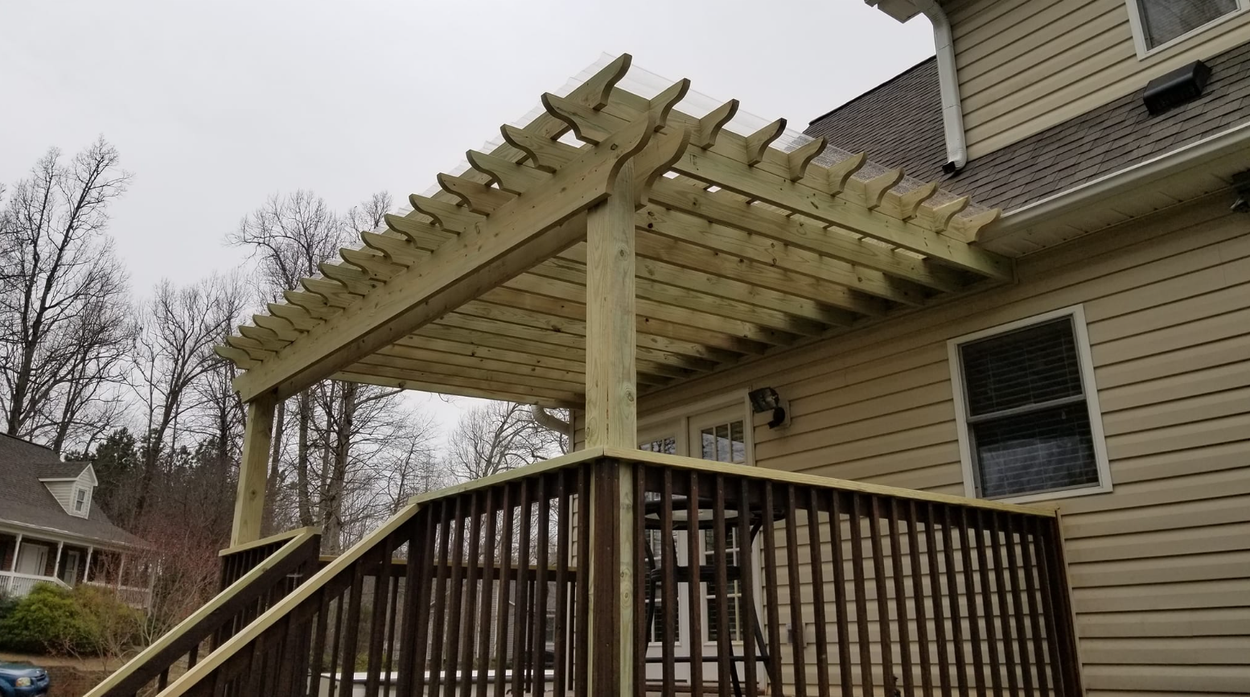
Slide title
Write your caption hereButton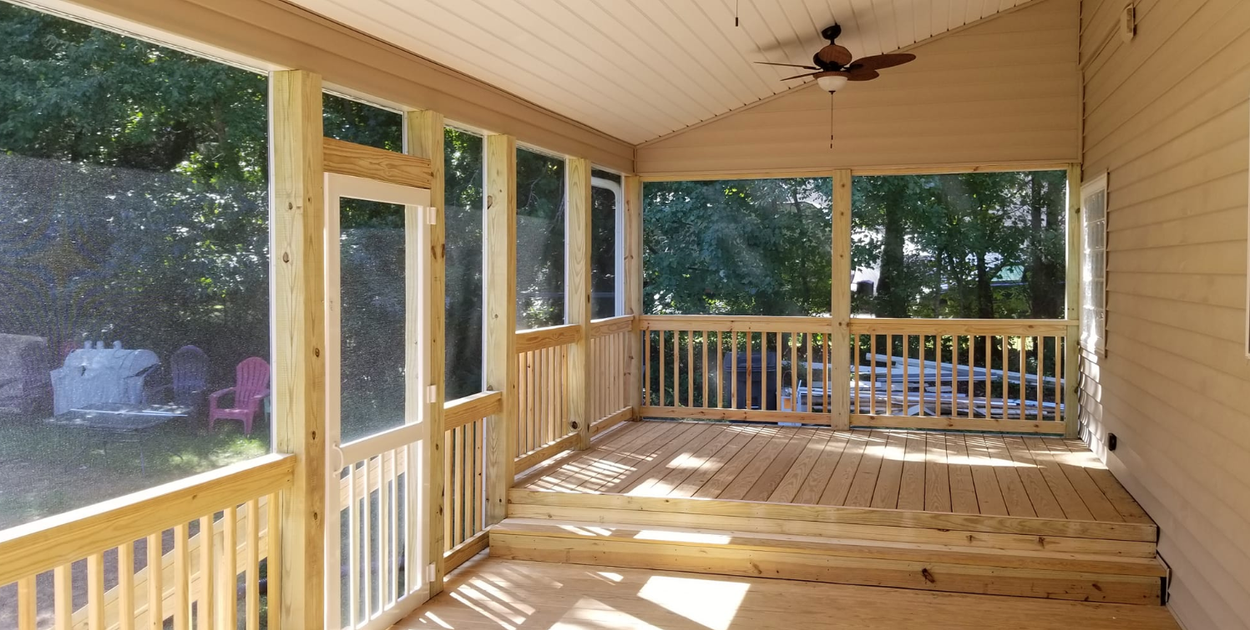
Slide title
Write your caption hereButton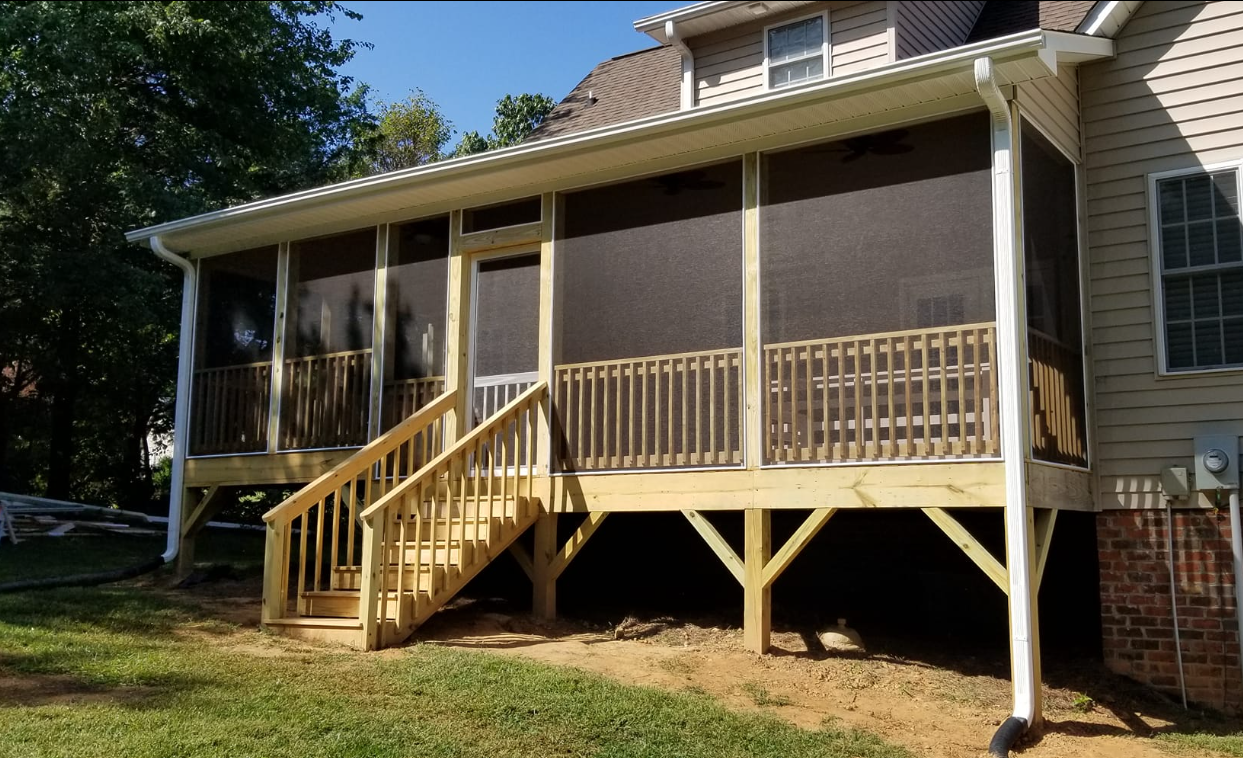
Slide title
Write your caption hereButton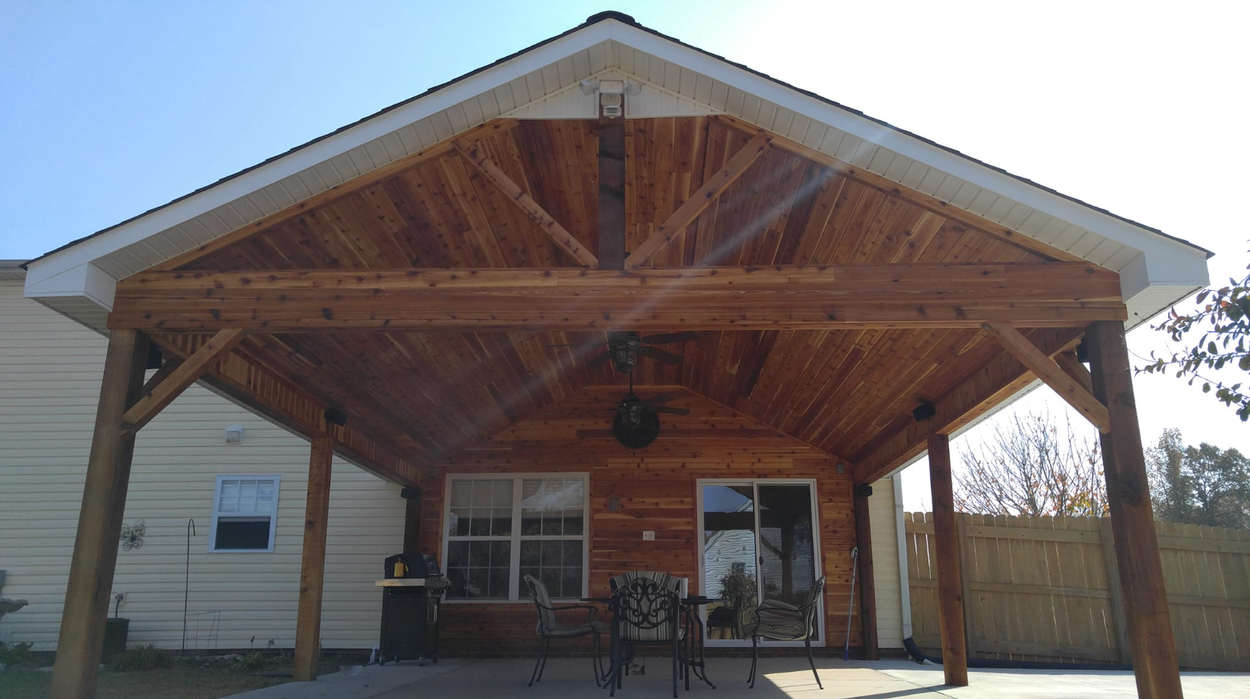
Slide title
Write your caption hereButton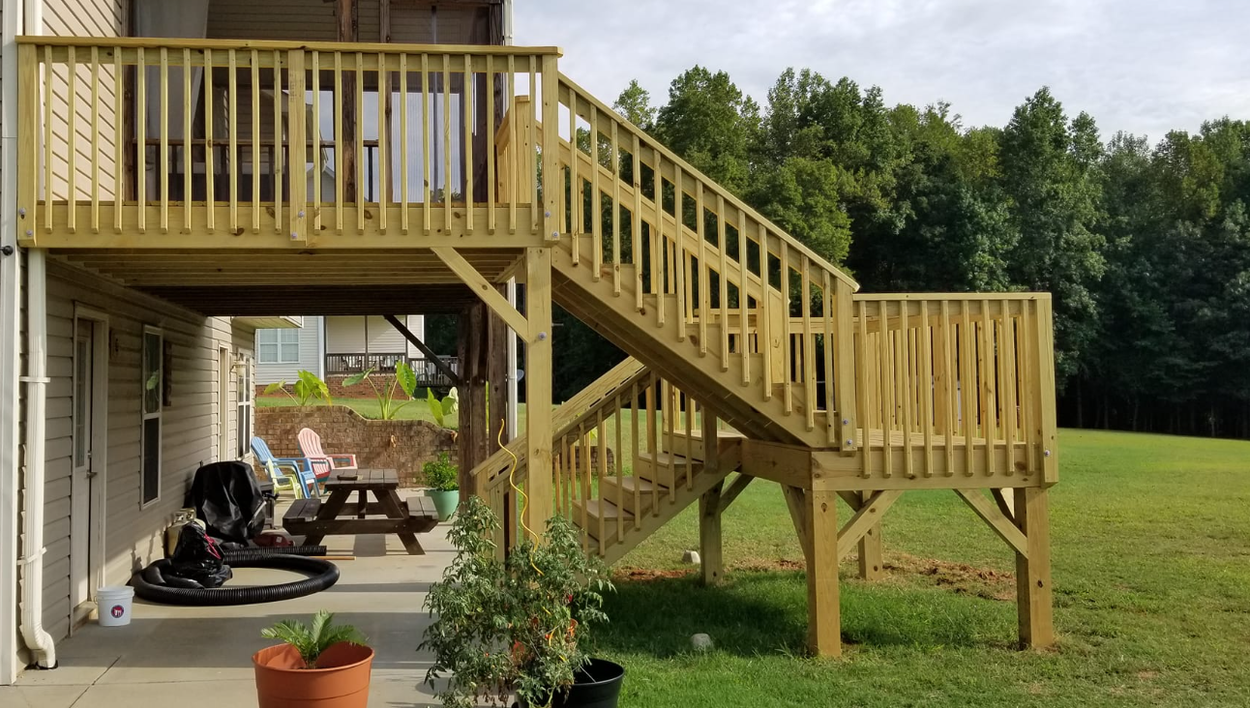
Slide title
Write your caption hereButton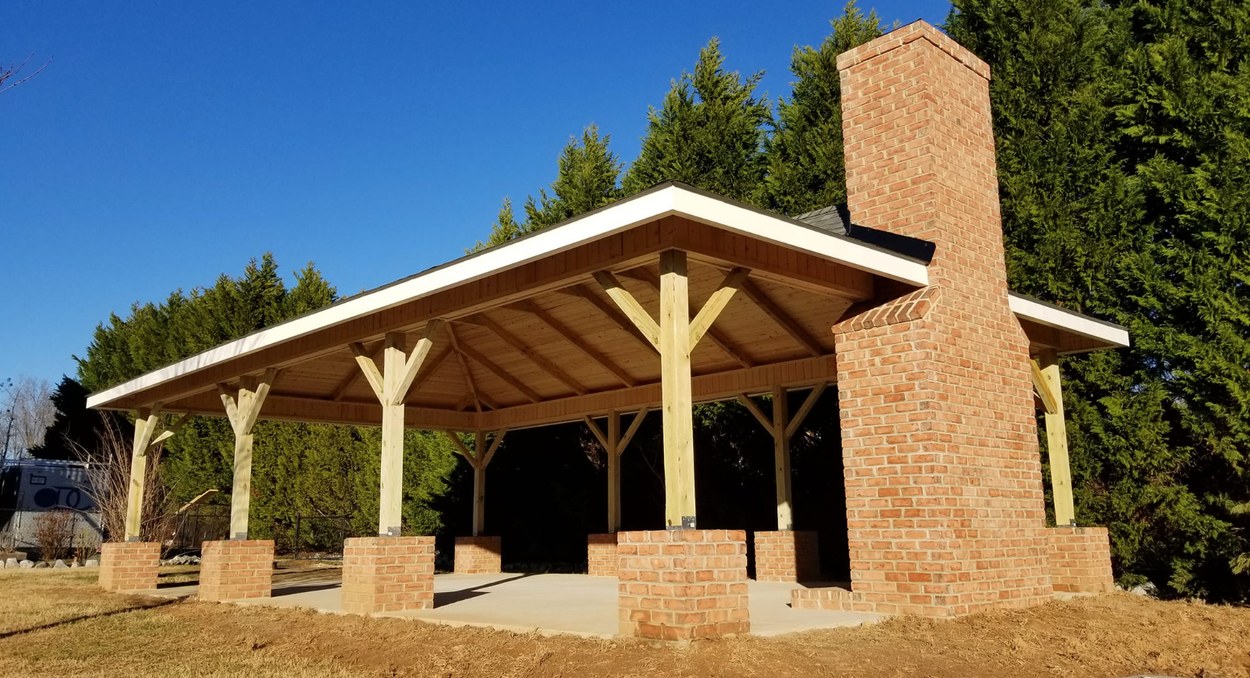
Slide title
Write your caption hereButton
Take a Look at Our New Blog!
We are Giving Away all of Our Best Advice & Ideas for Your Home Enhancement Projects
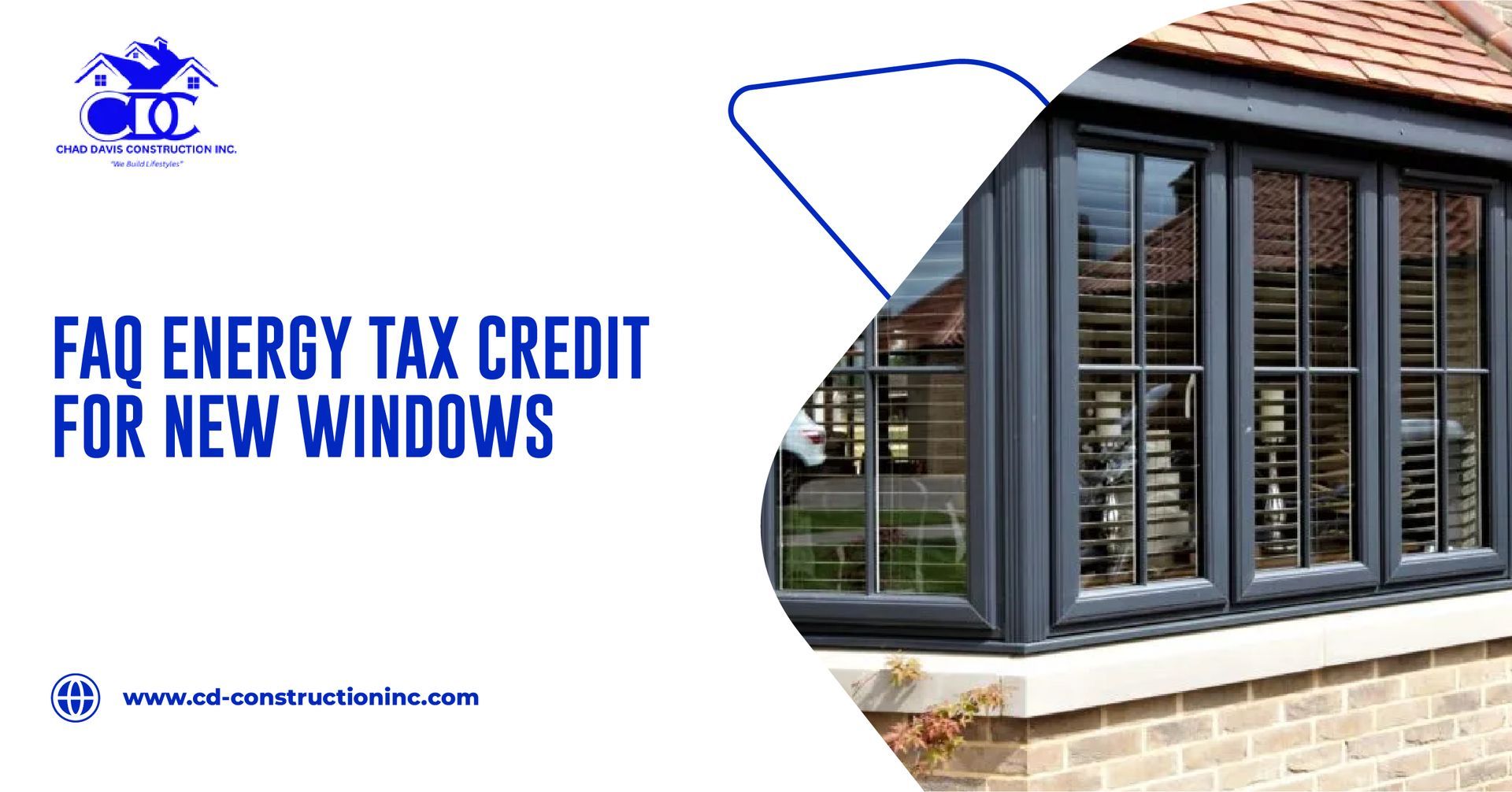
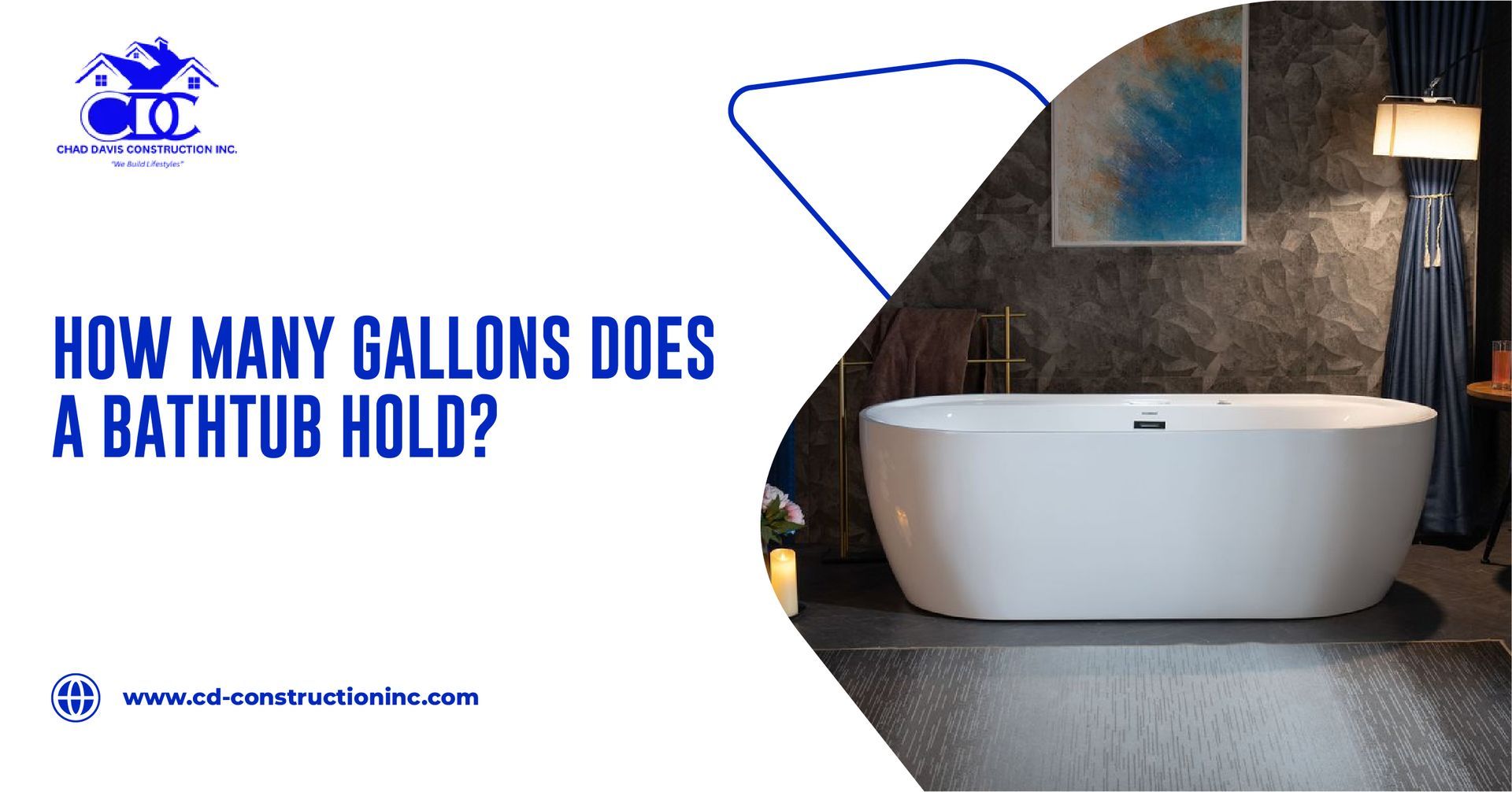
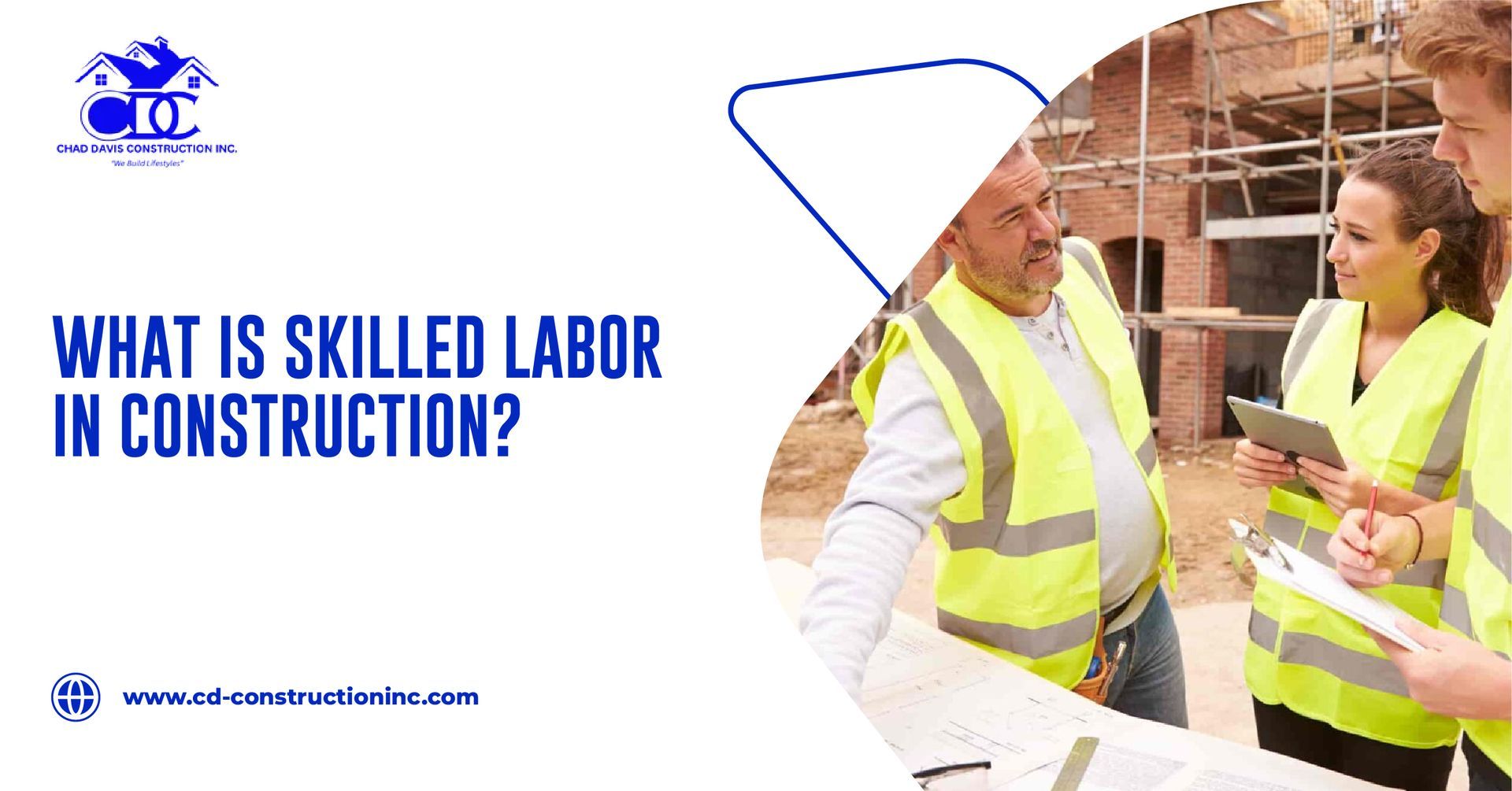
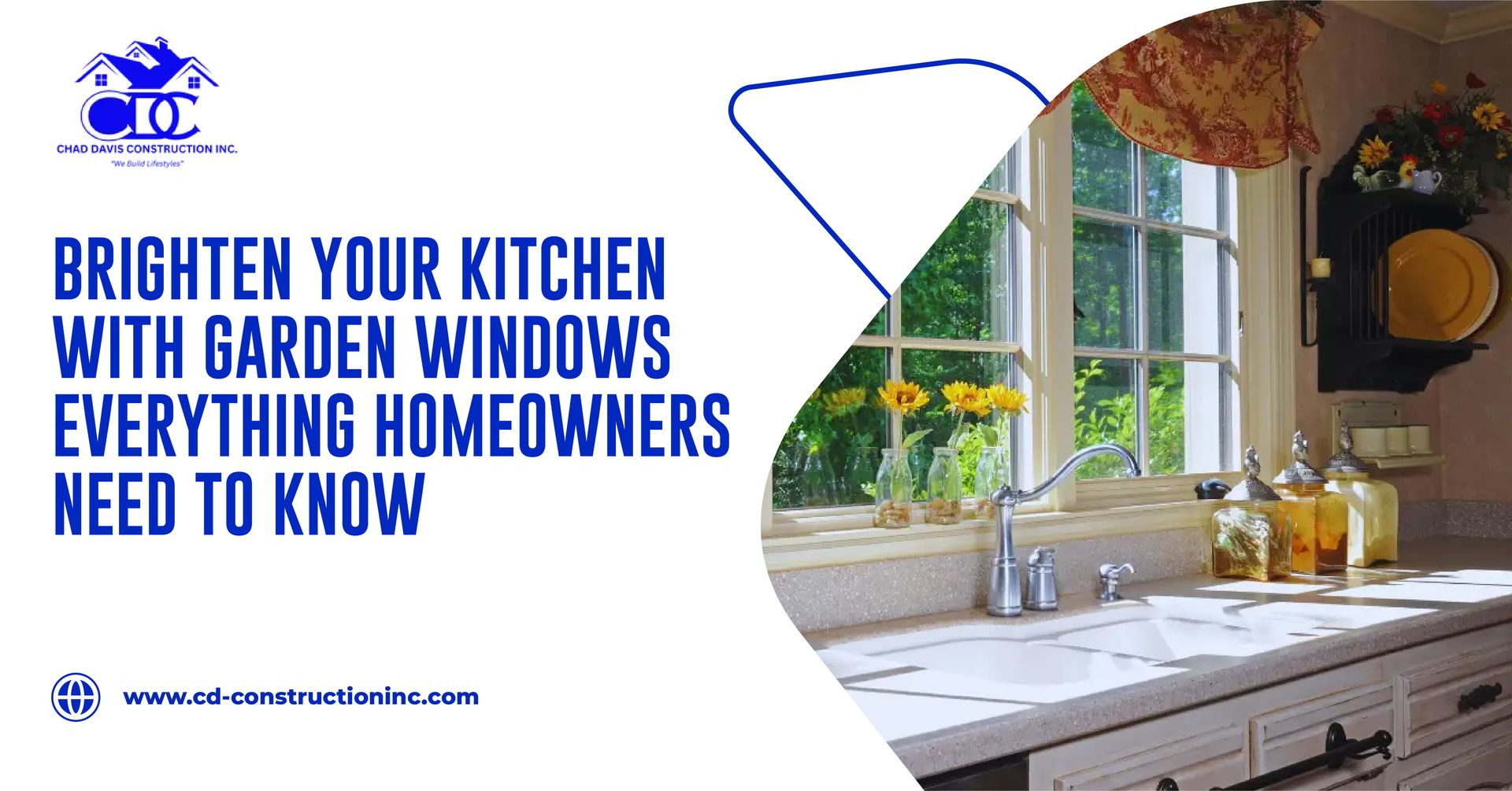
Stay In The Loop!
Subscribe to get the latest blog updates, news, and deals delivered to your email! ( We Promise to keep it a minimum! )
Subscribe to be the first to read our blogs!
Thanks for the info! We promise to keep it safe, our emails packed with value & NO spam...
(unless it's the canned kind and you're into that).
Please try again later.
